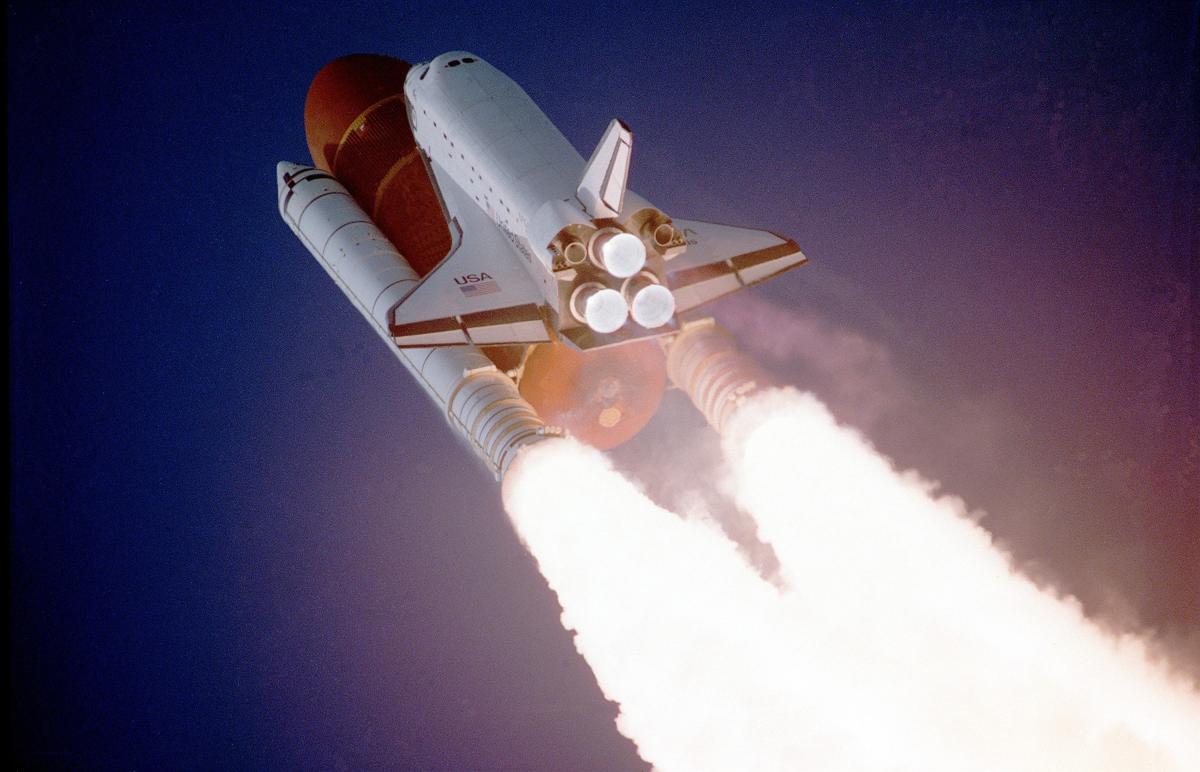
Calculating Distance, Speed, and Time
Students explore the relationship between the speed(rate of travel) of an object, the distance it travels, and the amount of time it travels for.
Teachers may use:
A- Air rockets(from a previous lesson), and a timer to calculate the average speed of a rocket at a given launch psi.
or
B- A baseball, and a timer to calculate the average speed of a throw.
Materials
Air rockets and launcher. Search ASU ASAP lesson plans for “Air Rocket Design Challenge” to go with this option.
OR
A baseball for each group.
ALSO
Timers for each group.
Clipboards, pencils, and paper for recording data away from the classroom.
Agenda (60 minutes)
1st- Introduction to distance, rate, and time relationship.
2nd- Use that information to calculate speed in an investigation.
3rd- Analyze and present data.
Lesson Plan Link/URL
https://docs.google.com/presentation/d/1c8jpmwEbz9KSSYXHCXAWNSDLI7qr1f86/edit?u…Subject Area
Science Physical Science P2: Objects at a Distance P3: Net Force Technology 1. Empowered Learner 5. Computational Thinker 7. Global Collaborator Mathematics Ratio and Proportion (RP)Related Content

This Lesson demonstrates and helps students understand the concept of non-contact forces with a hands-on-activity. In the experiment, the students will be making a magnetic car in groups of 2-4. After

This engaging lesson is an introductory lesson regarding the size and scale of the Universe and objects within. This was designed for high school Astronomy but is easily useable with ages down through

Classes will build three different types of rockets, guess which style will have the highest altitude, launch and calculate results based on right triangle math!